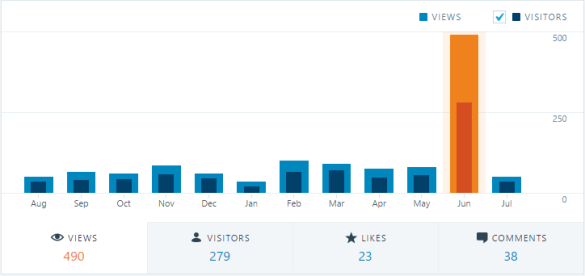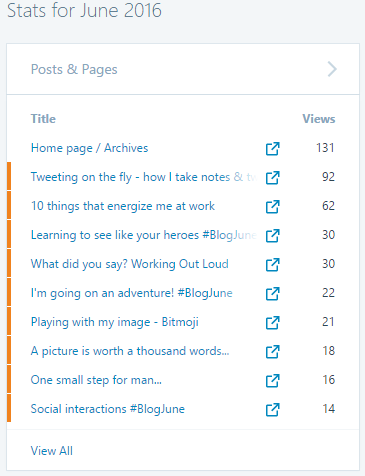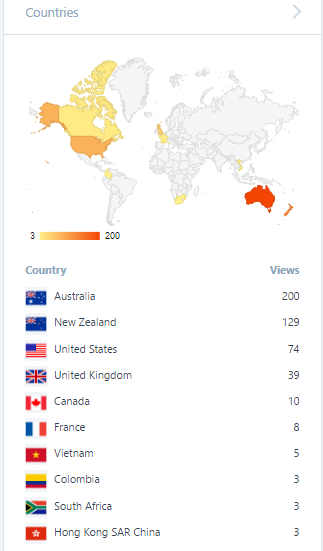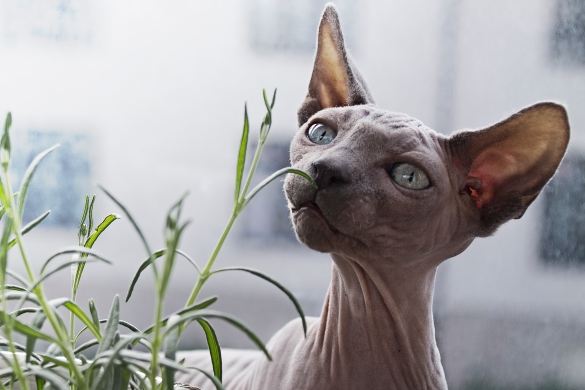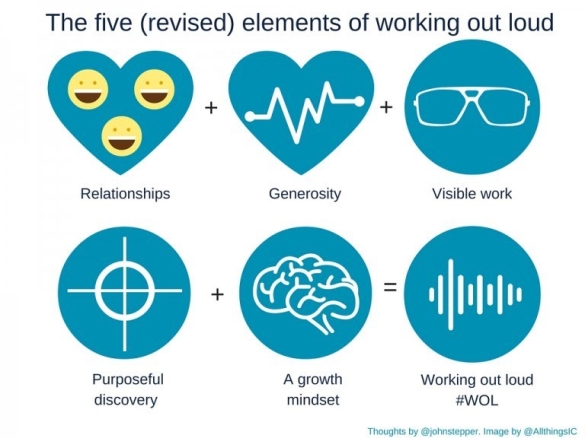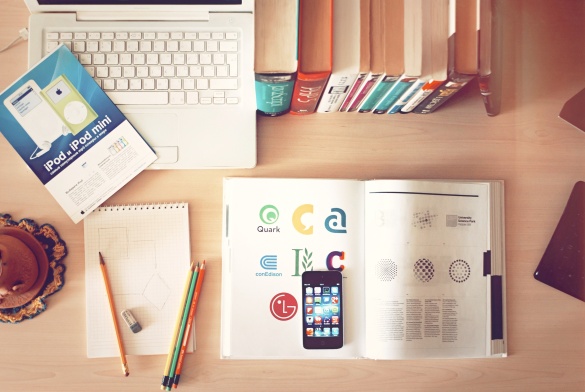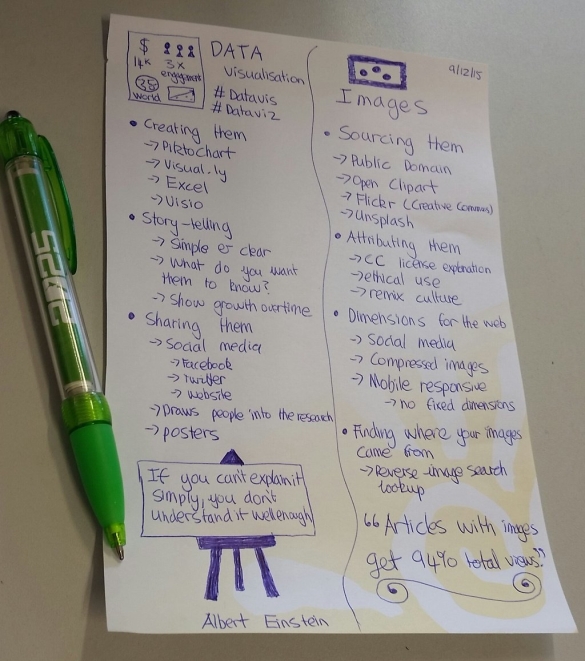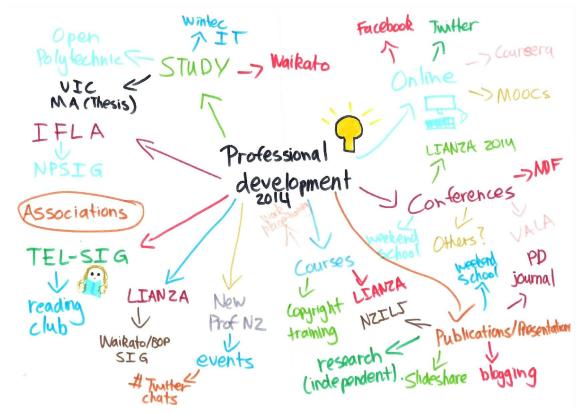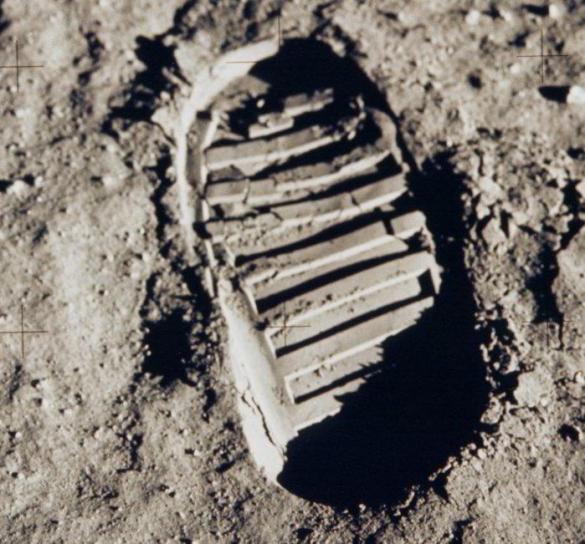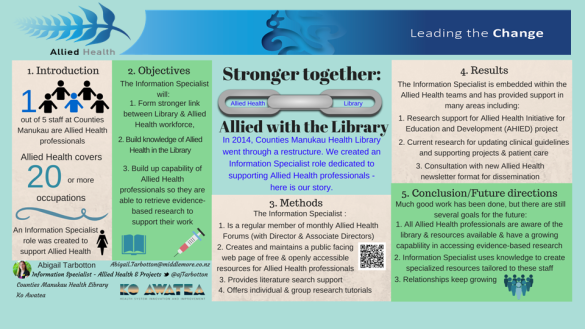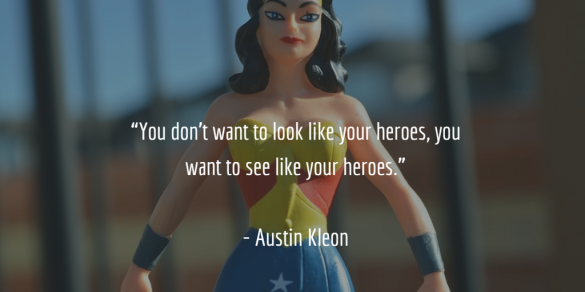Design thinking workshop – notes & live-tweeting
So I recently attended a one hour workshop on Design Thinking at my workplace, facilitated by Simon Holbrook, Innovation Director at Chrysalis Innovation Studio. It was a brilliant session and full of fantastic learning. I’ve dabbled in design thinking before, and love Austin Kleon’s work, which definitely has elements on this thinking. I arrived equipped with my pen, my trusty work diary (as I’ve finished off my free notebook), and my phone (a Samsung S5) to capture my thinking of the day.
The first part of the talk was going through the principles & theories of design thinking, and then Simon talked us through three case studies of big companies to show these principles in action. During the first part of the talk, I mainly scribbled notes in my book (see photo below). These are a bit messy and scrawly – I do love the idea of sketchnotes, and would like to experiment with more colour and typography, but this is the best I could do with a black pen and lined paper 🙂 I’m also a massive fan of @kimtairi’s sketchnotes from conferences and events (and just of her art in general – so creative!).
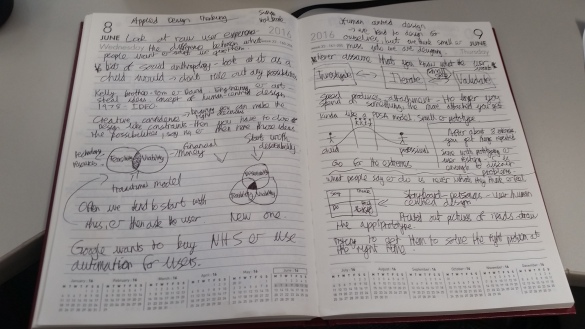
My scribbled notes in my work diary – stage 1
So this is stage one – some short bullet points, and some wee graphs and images (mainly drawn off the slides as they were quite simple models and easy to copy). From this point, while Simon went through the case studies, I listened with one ear and I started my tweets from the beginning of his talk.
I used some of the key words/quotes from Simon, and also quickly searched those keywords on Google images as well to find graphs/images to accompany my tweets. I could have taken the pictures of some slides, but I found the projector and the room we were in was a little dark, so they didn’t show up so well. When I found an image I wanted, I downloaded it onto my device, and then inserted it as a picture into my tweet.
*as a side note, tweets with pictures/photos average a 35% boost in retweets – and they look pretty and take up a bit more real estate on a Twitter feed, so get noticed more. Even if your picture is a quote on a pretty background (sneaky way to get more word count into your tweet AND include a picture), that helps too. Check out Pablo by Buffer, to get images that are free to use (and quotes that are free to use), in a handy social media size for sharing.*
So here are my series of the tweets from the talk – sent out while Simon was going through the case studies, so I was listening to the application & tweeting out the key messages from what he said earlier.
The hashtags #designthinking seemed to tap into tweets on a relevant topic, and I used the #KoAwatea hashtag for my work, to help index tweets on programmes that take place there.
Included a sneaky link to my own blog post on Austin Kleon and design thinking, as I felt it was relevant to the conversation.
The one picture of the slide I took – just loved the image and couldn’t find something similar online to share. It was a little bit fuzzy though…
Simon said to relish ambiguity and I found this cool graphic on Google images so I included that – it made me laugh 🙂
My own call to action at the end as a way of wrapping up my tweets.
Overall, I’m a big fan of live-tweeting and taking short bullet-point notes at conferences. Some people have asked me how I manage to keep up or I worry about missing points. As a learner, I’m definitely not auditory focused – if I’m just listening, I struggle to retain it, but if I take notes, or draw while I listen (or tweet), I retain a lot more of what I hear. So this method works for me as a way of capturing my learning, and hopefully producing useful tweets that summarize the main points or link to more information for other participants, and share some of what I am doing at work – just like Working Out Loud, which I just discovered this week. But more on that in another post!
So how do you take notes? Do you live-tweet and are those your notes? Or do you do a mixture and take notes and then tweet them? I’d love to hear your thoughts 🙂

